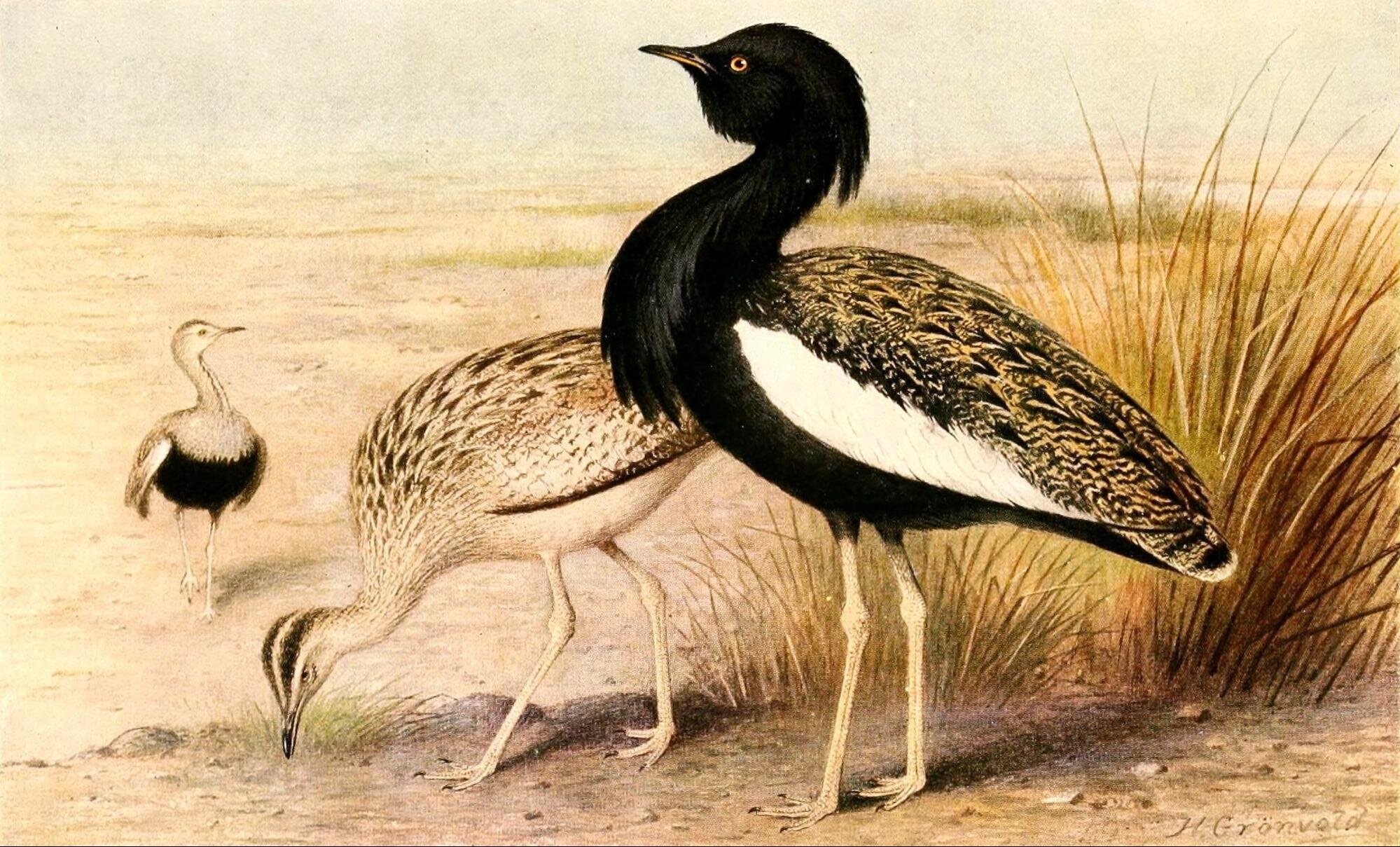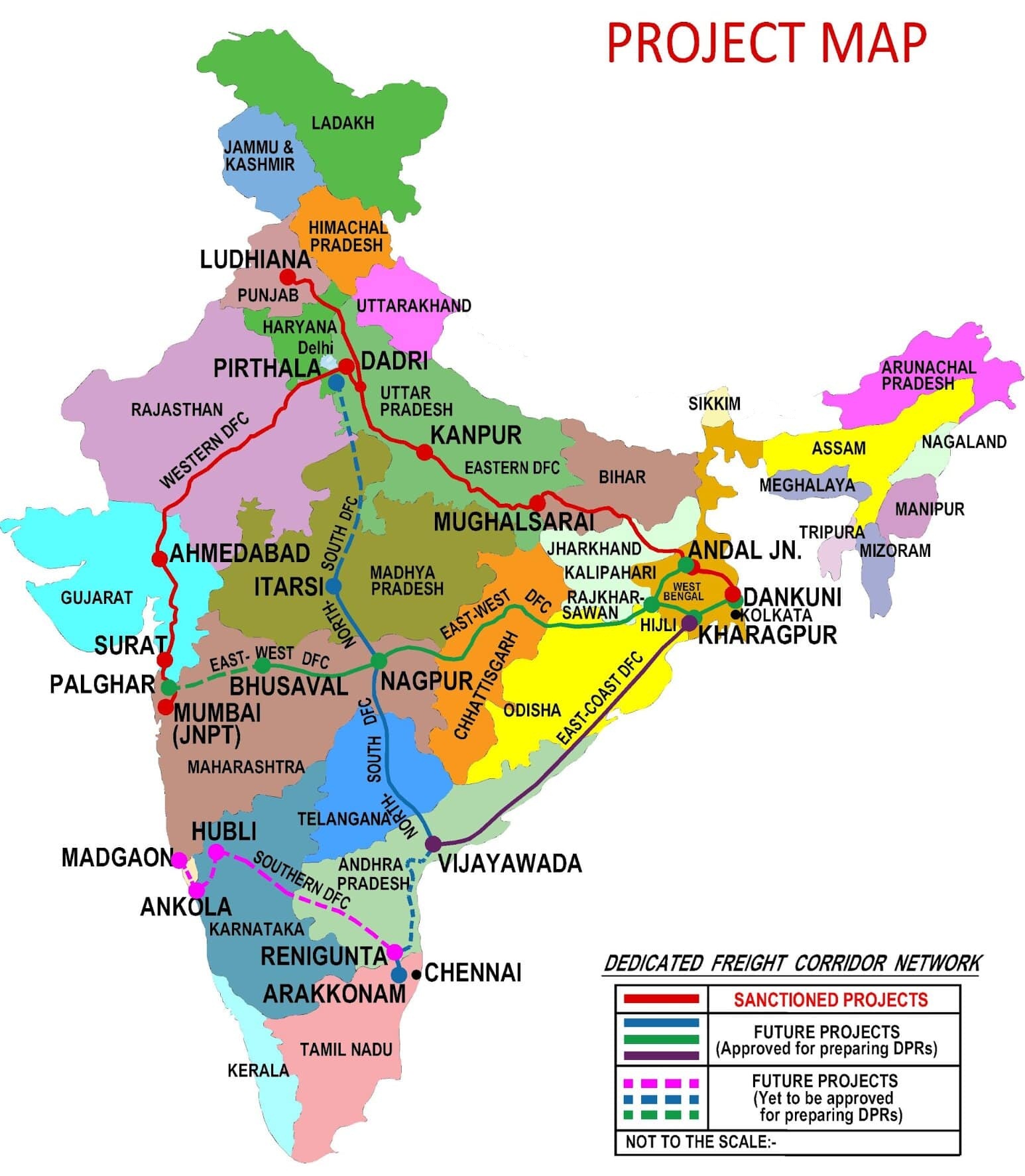Governance
Worldwide Educating for the Future Index 2019: EIU
Why in News
India ranked 35th in the Worldwide Educating for the Future Index (WEFFI) 2019, as per a report published by The Economist Intelligence Unit.
- This year, India scored 53 and has jumped five ranks from the 40th rank with an overall score of 41.2 across categories in 2018.
- Finland topped the index followed by Sweden.
Worldwide Educating for the Future Index
- The index and report are commissioned by the Yidan Prize Foundation.
- It was developed to assess the effectiveness of education systems in preparing students for the demands of work and life in a rapidly changing landscape.
- It is the first comprehensive global index to evaluate inputs to education systems rather than outputs such as test scores and concentrates on the 15-24 age band in 35 economies.
Key Points
- WEFFI ranks countries based on their abilities to equip students with skill-based education.
- The rankings are based on three categories:
- Policy environment.
- Teaching environment.
- Overall socio-economic environment.
- The report analyses the education system from the perspective of skill-based education in areas such as critical thinking, problem-solving, leadership, collaboration, creativity and entrepreneurship as well as digital and technical skills.
- Among the world’s largest economies, the US, UK, France and Russia fell back in the index while China, India and Indonesia took steps forward.
Reasons for the Growth
- The report attributes India’s growth to the new national education policy introduced and published in 2019 that mentions future-oriented skills such as critical thinking, communication and entrepreneurship.
- The education policy was highlighted in the Union Budget 2020 and it will come under ‘Aspirational India’ which will focus on skill-based education, a greater inflow of finance to attract talented teachers and innovate and build better labs.
- A degree level full-fledged online education programme along with apprenticeship embedded degree or diploma courses in 150 higher educational institutions is also proposed which will begin by March 2021.
Aspirational India
- It is one of the three prominent themes of Union Budget 2020, the other two being economic development (for all) and building a caring society that is humane and compassionate.
- Under the Aspirational India theme, the budget covers rural, water and sanitation, and education.
Challenges
- The report highlights the inability of the Indian education system to utilise the opportunity of internationalising the higher education system.
- Another challenge is a decentralised education system according to the report.
- Well-intentioned policy goals relating to future skills development often do not get filtered downward which is a problem in economies like the US and India.
Solutions
- India should develop its education system so that it becomes a preferred destination for higher education.
- For this, under the Study in India Programme, Ind-SAT exam will be held for Asian and African students for scholarships.
- The programme will be used for benchmarking foreign candidates who receive scholarships for studying in Indian higher education centres.
Study in India Programme
- It is a project under the Ministry of Human Resource Development with the primary objective to target foreign students by branding India as an attractive education destination.
- It offers fee waivers to meritorious foreign students studying in Indian educational institutes.
Governance
Shyama Prasad Mukherji Rurban Mission
Why in News
The 4th Anniversary of the launch of Shyama Prasad Mukherji Rurban Mission (SPMRM) was observed on 21st February, 2020.
- SPMRM is a scheme launched by the Ministry of Rural Development (MoRD) in 2016 to deliver integrated project based infrastructure in the rural areas, which will also include development of economic activities and skill development.
- A predecessor to SPMRM was the Provision of Urban Amenities to Rural Areas (PURA), announced in 2003.
Provision of Urban Amenities to Rural Areas
- Provision of Urban Amenities to Rural Areas (PURA) was aimed at provision of urban amenities and livelihood opportunities in rural areas to bridge the rural urban divide thereby reducing the migration from rural to urban areas.
- PURA was treated as a “Project” and not a government scheme – Private sector partners had to prepare a detailed business plan.
Key Points
- Mission's Objectives: Bridging the rural-urban divide-viz: economic, technological and those related to facilities and services.
- Rurban Clusters: There are 2 categories of clusters: Non-Tribal and Tribal.
- Rurban clusters are identified across the country’s rural areas showing increasing signs of urbanization - i.e. increase in population density, high levels of non-farm employment, presence of growing economic activities and other socioeconomic parameters.
- For the purposes of SPMRM, Rurban areas refer to a cluster of 15-20 villages having about 30 to 40 lakh population. The clusters will be geographically contiguous Gram Panchayats with a population of about 25000 to 50000 in plain and coastal areas and a population of 5000 to 15000 in desert, hilly or tribal areas.
- Role of states: The State Government identifies the clusters in accordance with the Framework for Implementation prepared by the MoRD.
- For the selection of clusters, the MoRD is adopting a scientific process of cluster selection which involves an objective analysis at the district, sub district and village level, of the demography, economy, tourism and pilgrimage significance and transportation corridor impact.
- Funding: SPMRM is a Centrally Sponsored Scheme (CSS).
- The Mission has 2 fund streams: Convergence through various schemes (Central sector, centrally sponsored schemes, State sector/ sponsored schemes/ programmes, CSR funds etc) and Critical Gap Funds (CGF).
- Progress: Under the mission 300 Rurban clusters are envisaged to be developed in a time bound manner. Of these 296 clusters have been selected and Integrated Cluster Action Plans (ICAPs) approved.
- The Mission is seeking extension by 2 years to complete all the identified works.
- Spurred by the success of Rurban clusters, NITI Aayog has proposed a new and extended programme for over a 1,000 clusters in next 3 years.
Background
- As per Census of India, the rural population in India, stands at 833 million, constituting almost 68% of the total population.
- Further, the rural population has shown a growth of 12% during the 2001-2011 period and there has been an increase in the absolute number of villages.
- Ensuring availability of amenities to rural populace is one of the top priorities of the central government.
- Large parts of rural areas in the country are not stand-alone settlements but part of a cluster of settlements, which are relatively proximate to each other. These clusters typically illustrate potential for growth, have economic drivers and derive locational and competitive advantages.
- Hence, making a case for concerted policy directives for such clusters. These clusters once developed can then be classified as 'Rurban'.
- Therefore, taking cognizance of this, the Government of India, has launched the SPMRM aimed at developing such rural areas by provisioning of economic, social and physical infrastructure facilities.
Governance
23rd National Conference on e-governance
Why in News
Recently, the 23rd National Conference on e-Governance was organised by the Department of Administrative Reforms and Public Grievances (DARPG ) along with the Ministry of Electronics and Information Technology (MeitY) in Mumbai.
Key Points
- The theme for the conference was “India 2020: Digital Transformation”.
- The discussion at the conference was broadly divided under 6 sub-themes-
- Digital Platforms and Digital Economy
- Improving Service Delivery
- Building Digital Trust - Transparency, Security and Privacy
- Digital Payments and Fintech
- National e-Governance Service Delivery Assessment (NeSDA)
- Skilling and Capacity Building
- The conference adopted the 10-fold Mumbai Declaration on e-governance.
- The Mumbai Declaration seeks to take forward the roadmap for e-Governance outlined in the Shillong Declaration adopted during the 22nd National Conference on e-Governance (NCeG) 2019.
- During the conference, Blockchain Sandbox and Draft Sandbox Policy for Maharashtra was launched. Maharashtra became the first state of India to have dedicated Fintech policy.
- The Maharashtra state government will hold the India Fintech Festival in Mumbai, in March 2020.
National e-Governance Awards 2020
- The Ministry of Health and Family Welfare received Gold for Ayushman Bharat Pradhan Mantri Jan Arogya Yojana.
- Antyodaya Saral Haryana of the Department of IT, Haryana received the Gold for Excellence in providing citizen-centric delivery.
NOTE :
- e-Governance can be defined as the application of information and communication technology (ICT) for providing government services, exchange of information, transactions, integration of previously existing services and information portals. The “e” in e-Governance stands for ‘electronic’.
- The establishment of the Department of Electronics in 1970 was the first major step towards e-governance in India.
- In 2015 with the vision of “Transforming e-Governance for Transforming Governance” India adopted e-Kranti: National e-Governance Plan 2.0
- In the background of Digital India Initiative, India has launched various e-governance initiatives like My Gov, PRAGATI, DARPAN, Common Service centre etc.
- In the United Nations E-Government Development Index (EGDI) 2018, India ranked 96 by making a giant leap of 22 positions from 118 in 2016.
- E-governance is critical in realising the PM's vision of “Minimum Government and Maximum Governance.”
Biodiversity & Environment
Species Included in Appendix I of UNCMS
Why in News
The Great Indian Bustard, Asian Elephant and Bengal Florican have been included in Appendix I of UN Convention on Migratory Species at the ongoing 13th Conference of the Parties (COP) to the Convention on Migratory Species (CMS) in Gandhinagar (Gujarat).
- India’s proposal to include all the three species in the Appendix I was unanimously accepted by the 13th COP to the CMS.
- A migratory species may be listed in Appendix I provided that the best scientific evidence available indicates that the species is endangered.
Asian Elephant
- India is the natural home of the largest population of Asian elephants. It is also found in Nepal, Bangladesh, Bhutan and Myanmar.
- It usually resides in shrublands, artificial/terrestrial forests and grasslands.
- It is listed as ‘Endangered’ on the IUCN Red List of threatened species. It is also listed in Appendix I of the Convention on International Trade in Endangered Species of Wild Fauna and Flora (CITES) and Schedule I of the Wildlife (Protection) Act, 1972.
- The challenges confronting Asian elephant conservation in most elephant Range States are habitat loss and fragmentation, human-elephant conflict, and poaching and illegal trade of elephants.
Great Indian Bustard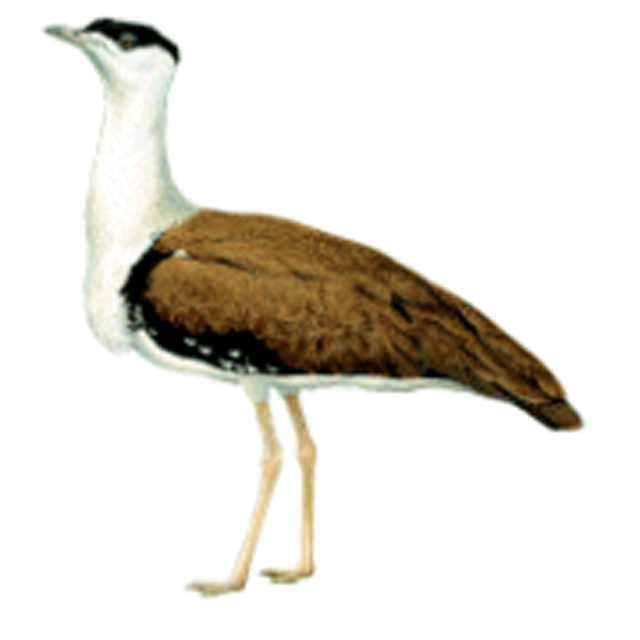
- The Great Indian Bustard is one of the heaviest flying birds in the world.
- It usually resides in dry grasslands and scrublands on the Indian subcontinent; its largest populations are found in the Indian state of Rajasthan.
- The Great Indian Bustard is the state bird of Rajasthan.
- It is listed as ‘Critically Endangered’ on the IUCN Red List. It is also listed in Appendix I of CITES and Schedule I of the Indian Wildlife (Protection) Act, 1972.
- 90% of its population has been reduced within 50 years (six generations) majorly due to poaching.
Bengal Florican
- The species has two disjunct populations, one in the Indian Subcontinent, the other in South-East Asia. The former occurs in Indian Subcontinent mainly in India (Uttar Pradesh, Assam and Arunachal Pradesh.) and terai region of Nepal.
- It inhabits lowland dry, or seasonally inundated, natural and semi-natural grasslands, often interspersed with scattered scrub or patchy open forest.
- It has been listed as ‘Critically Endangered’ on the IUCN Red List. The bird is listed under Schedule I of the Wildlife Protection Act of India, 1972 and Appendix I of CITES
- It has a very small, rapidly declining population largely as a result of widespread loss of its grassland habitat.
Indian Polity
Statehood Day of Mizoram and Arunachal Pradesh
Why in News
On the Statehood Day of Mizoram and Arunachal Pradesh (21st February), the Prime Minister and other leaders praised the traditions and culture of the two northeast states.
- On 21st February (1987) two new States of Mizoram, Arunachal Pradesh came into being as the 23rd and 24th states of the Indian Union respectively.
Mizoram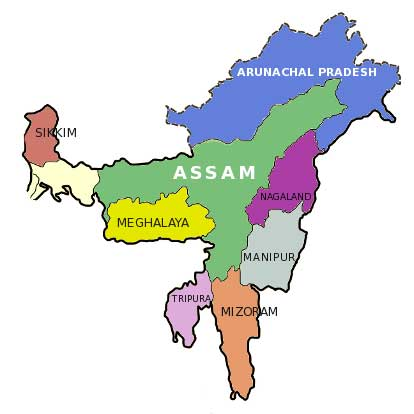
- The Mizo hills area became the Lushai Hills district within Assam at the time of independence. Further, in 1954 it was renamed the Mizo Hills District of Assam.
- The growing discontent due to the Mautam famine (1959-1961), the movement began for independence under a Mizo leader named, Laldenga.
- The Mizo National Front (MNF) under Laldenga’s leadership intensified the movement for secession from Assam when Nagaland was given separate status as a Central Government Administrative Agency in 1957 and statehood in 1963.
- After signing an accord with the moderates of the MNF the Union Government established Mizoram with the status of a Union Territory in 1972.
- The Union Territory of Mizoram was conferred the status of a full state after signing of a memorandum of settlement (Mizoram Peace Accord) between the Central government and the Mizo National Front, ending the two-decade-old Insurgency.
- Mizoram was granted statehood by the State of Mizoram Act, 1986.
NOTE:
Mizoram
- Capital: Aizawl
- Sex Ratio: 975 female per 1000 male (National: 943)
- Literacy: 91.58 % (National: 74.04%)
- Mizoram shares the International Border with Myanmar and Bangladesh.
- It has the highest concentration (percentage) of tribal population among all states of India.
- According to the India State of Forest Report (ISFR) 2019, Mizoram has the maximum forest cover as a percentage of their own geographical area at (85.4%).
Arunachal Pradesh
- The area of Arunachal Pradesh was integrated into Assam at the time of independence. But the presence of China with an unsettled border made the area militarily important for the government.
- The area was upgraded to the Union Territory of Arunachal Pradesh in 1972 and was granted statehood by the State of Arunachal Pradesh Act, 1986 in 1987.
NOTE:
Arunachal Pradesh
- Capital: Itanagar
- Sex Ratio: 938 female per 1000 male (National: 943)
- Literacy: 65.38 % (National: 74.04%)
- Arunachal Pradesh shares an international border with Bhutan, China and Myanmar.
- It is the largest state area wise in the north-eastern region, even larger than Assam which is the most populous.
- It is inhabited by the world’s largest variety (diversity) of ethnic tribal groups and subgroups.
Important Facts For Prelims
National Rail Transportation Institute
Why in News
Railway Board of India and the University of Birmingham has announced the launch of a joint masters programme in Railway Systems Engineering and Integration in the academic year 2020-2021 by the National Rail Transportation Institute (NRTI).
Key Points
- This initiative will benefit NRTI students by providing them access to world-class expertise and facilities in railway systems at the Birmingham Centre for Railway Research and Education (BCRRE).
- BCRRE will also gain valuable insights into India’s transport sector and get involved in related research and development issues in India.
- The initiative has been taken under the Centre of Excellence for Next-Generation Transportation Systems which was set up by an MoU between the NRTI and the University of Birmingham in 2019.
National Rail Transport Institute
- It was set up as a deemed to be university and has been operational since 2018 and is India’s first to focus on transport-related education, multidisciplinary research and training.
- It is specifically established to create a resource pool of best-in-class professionals for the railway and transportation sector through institutional partnerships for collaborating on developing curriculum, research projects and executive education programs.
- It aims to develop interdisciplinary Centres of Excellence, bringing together academicians, scientists and engineers from various backgrounds and plans to leverage its academic and industry partnerships and collaborations.
- It is situated in Vadodara, Gujrat.
Birmingham Centre for Railway Research and Education
- It is the largest university-based centre for railway research and education in Europe.
- It is involved in developing new technologies alongside higher education programmes, research and innovations in Climate Change, Aerodynamics and International Benchmarking, Power Systems and Energy Use, Railway Control and Operations Simulation.
Important Facts For Prelims
International Mother Language Day
Why in News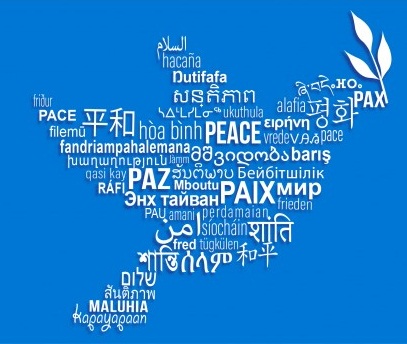
International Mother Language Day is observed every year on 21st February since 2000 to promote linguistic and cultural diversity and multilingualism.
Key Points
- The idea to celebrate International Mother Language Day was the initiative of Bangladesh.
- It was approved at the UNESCO General Conference (1999) and has been observed throughout the world since 2000.
- UNESCO celebrates ‘Languages without borders’ on the occasion of International Mother Language Day 2020.
- The United Nations General Assembly had proclaimed 2008 as the International Year of Languages.
- Globally 40% of the population does not have access to an education in a language they speak or understand. Nevertheless, progress is being made in mother tongue-based multilingual education with growing understanding of its importance, particularly in early schooling.
- The Ministry of Human Resource and Development along with educational institutions and language institutions is celebrating the day as the Matribhasha Diwas in the country.
Important Facts For Prelims
Eastern Dedicated Freight Corridor
Why in News
The World Bank has offered to give financial assistance to the last remaining portion of the Eastern Dedicated Freight Corridor (EDFC) between Sonnagar (Bihar) and Dankuni (West Bengal), which India is originally slated to construct in the private public-private partnership (PPP) mode.
- Currently, the entire EDFC is being built with loan from World Bank, except for the last portion between Bihar and West Bengal.
Key Points
- The Eastern Dedicated Freight Corridor (EDFC) with a route length of 1856 km runs from Dankuni in West Bengal to Ludhiana (Punjab).
- It covers Punjab, Haryana, Uttar Pradesh, Bihar,Jharkhand and West Bengal.
- The railway is one of the multiple freight corridors.
- It has two components: First component is to provide additional rail transport capacity, improved service quality and higher freight throughput.
- The second component is institutional development to assist DFCCIL and Ministry of Railways (MOR) to develop their capabilities to best utilize heavy haul freight systems.
Dedicated Freight Corridor Corporation of India Ltd. (DFCCIL)
- DFCCIL under the Ministry of Railways is a special purpose vehicle tasked with planning and completion of 3,306 kms of Dedicated Freight Corridors (DFCs), consisting of western freight corridor and eastern freight corridor (1,856 kms). The total project cost is estimated at over ₹81,000 crore.
- The construction of DFCs project would enable the decongestion of existing over-saturated paths which, thereby, will effectively improve punctuality of passenger trains.
- Western Dedicated Freight Corridor: The 1,504-km western freight corridor begins at Dadri in Uttar Pradesh and stretches till the country’s largest container port — Jawaharlal Nehru Port Trust, near Mumbai — passing through Uttar Pradesh, Haryana, Rajasthan, Gujarat and Maharashtra.]

